Garment is the second skin for human being because it is so embedded in our daily lives. We wear them almost every moment, so the performance, comfort property become more and more important and they are the hottest topics for research and development of garment and textile.
Comfort property of garment and textile is generated from human sense when garments were worn, selected or produced, because they meet the needs of human physiology and psychology. It is not objective to discuss the comfort performance of garment or textiles without human physiology and psychology or its intended use.
When the clothes are dressed, they will have interaction with human body. When the human body is in a state of dissipative structure, a condition that body heat capacity neither increases nor decreases, the body will feel comfortable, neither feel slightly hot nor feel a bit cold. All the parts of human body have a relatively “normal” skin temperature. Some researching results show that the right point for human to feel the comfort is under the environment of temperature between 28~30℃. It means the feeling of comfort will be different in various temperatures. For example, we usually consider the clothes made by silk is comfortable, but when we talk it at the 40℃ environment temperature, we will have different opinions. It is an undeniable fact that physiological regulation plays an important role for definition the comfort of clothing.

You may think ridiculous that food will affect the feeling of clothing comfort. There will be more calories being generated after eating. The heats generated by the different food are not identical. When you finished the meal, you will be much easier to give a positive evaluation results. And when your stomach is empty and your body heat is low, you will be much easier to feel warm when wear the warm clothes and provide a good impression for the clothes.
There are other factors of human body will affect the results of clothes comfort. Such as muscle activity, sexuality, age, physical condition, heredity, living habits and other differences will make people have different feelings for the comfort of clothing. It is the result of reflection by physiological functions.
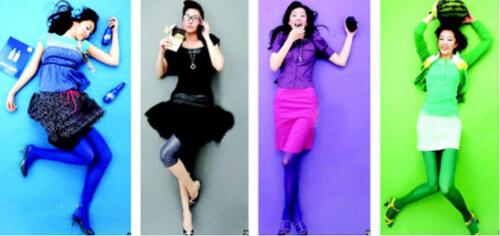
Color will affect the visual nerve of human being and it will affect the heart, even the activities of central nervous system and endocrine. It can make people feel cold or warm, excited or quiet, lively or melancholy, magnificent or unsophisticated, light or dark, soft or hard, strong or weak, lively or grave.

Clothing is one of the languages for reflecting human’s inner spiritual world. Sometimes the psychological satisfaction can make up the uncomfortable feeling by clothing. For example, some luxury clothing with ornaments is not that comfortable, but you still feel great when you dress them on because you believe these sequins which make you feel itchy will make you become more noticeable and attractive. It is similar of dressing skinny leggings or straitjackets. These clothes have lots of health problem, air permeability problem, etc. But the power of eager to be approved and to approve will make you provide more subjective opinions.
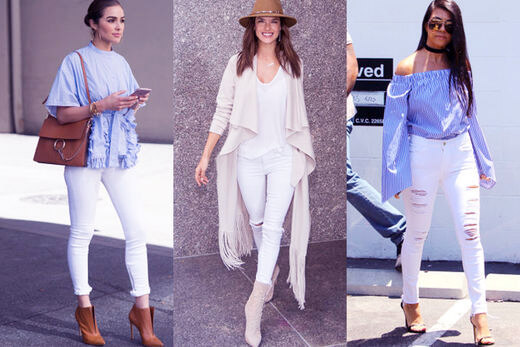
Most of the time we use textile testing instruments to determine the comfort performance of garments or textiles. It is a relatively objective method to measure the properties. It only can provide advisory data or result for us. It is not the conclusive results but these advisory data will help us a lot for initial judgment and avoid us lost in the complicated factors that affect the comfort property of textile or garment.






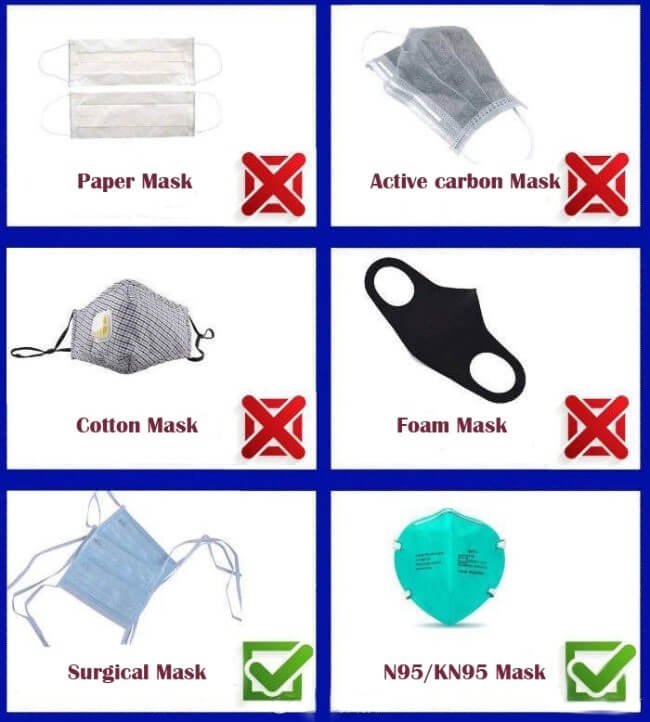
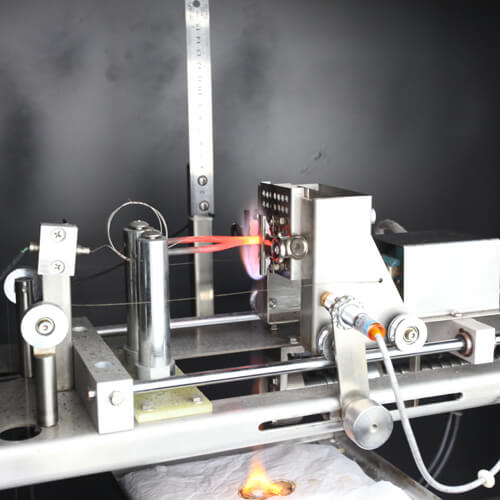

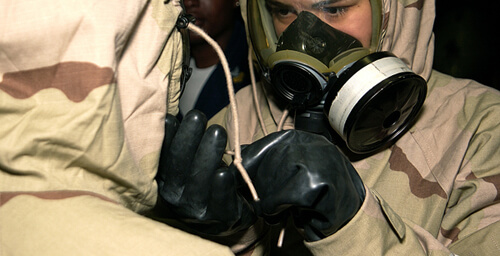
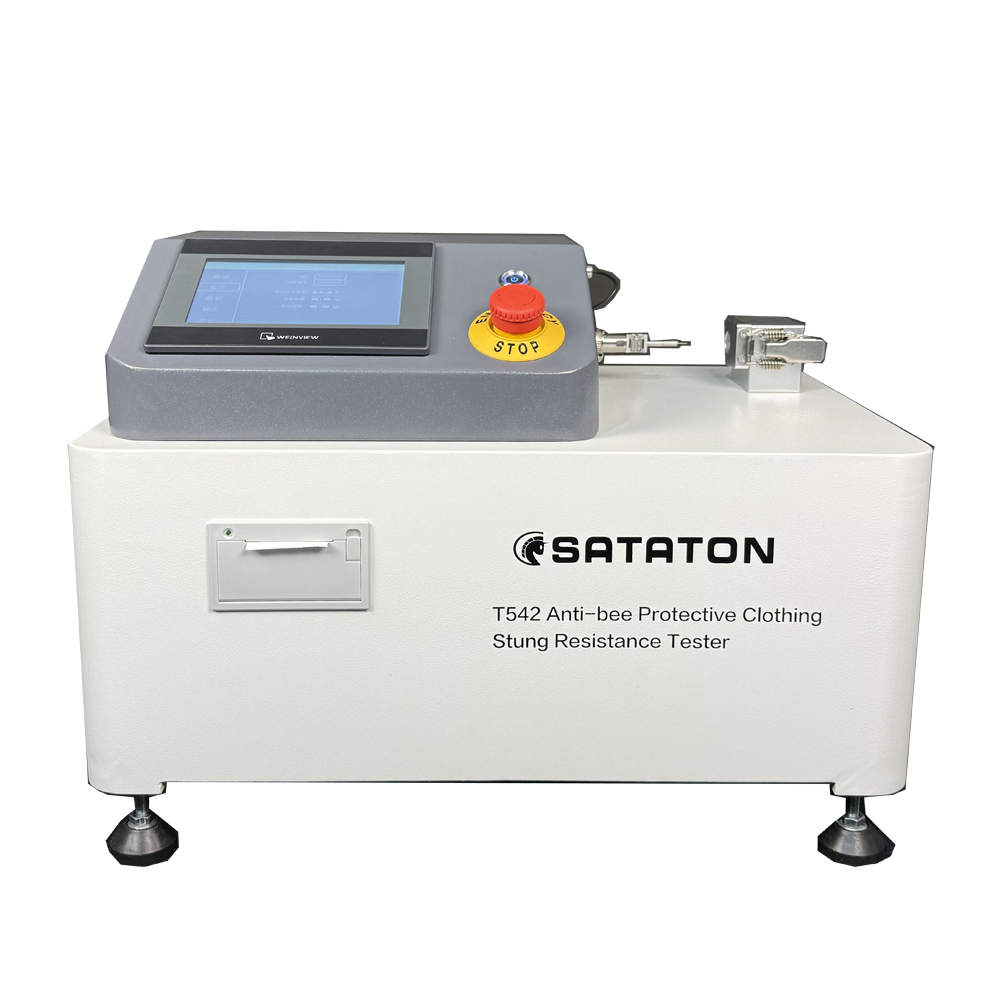
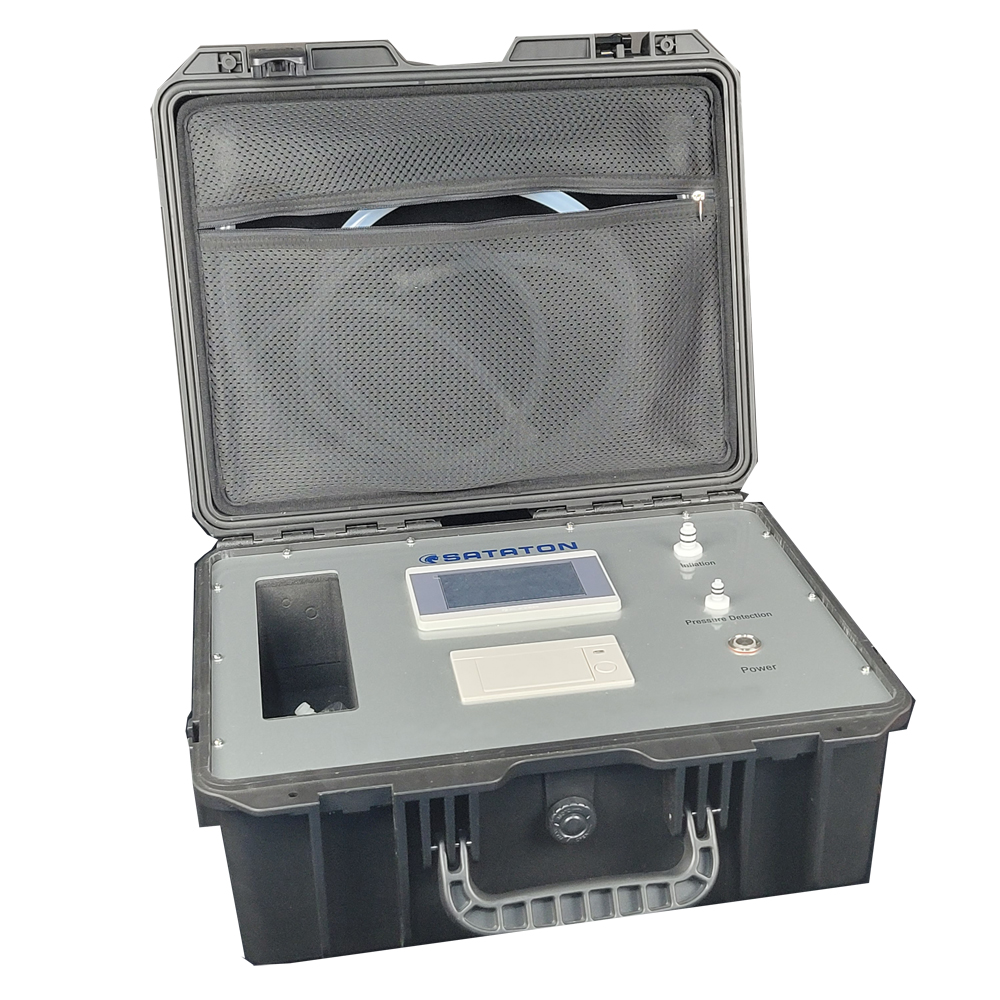


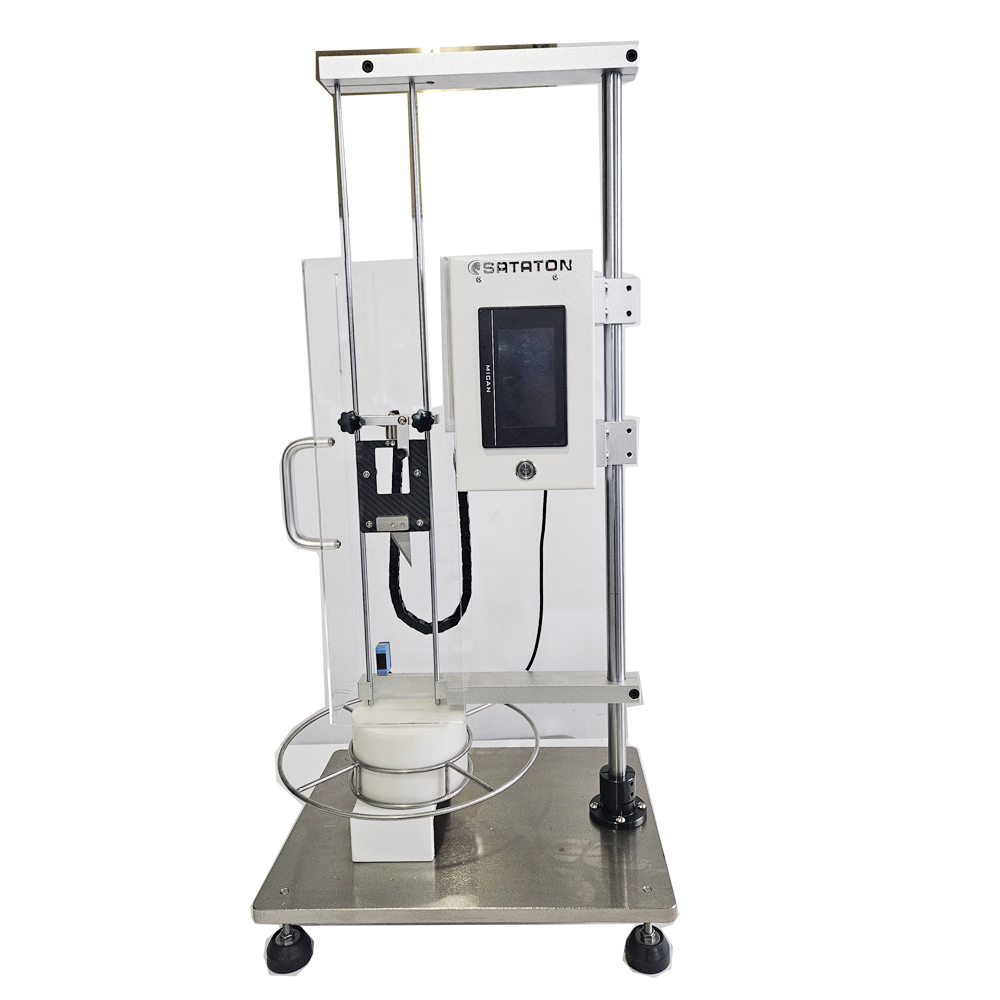
No Views.